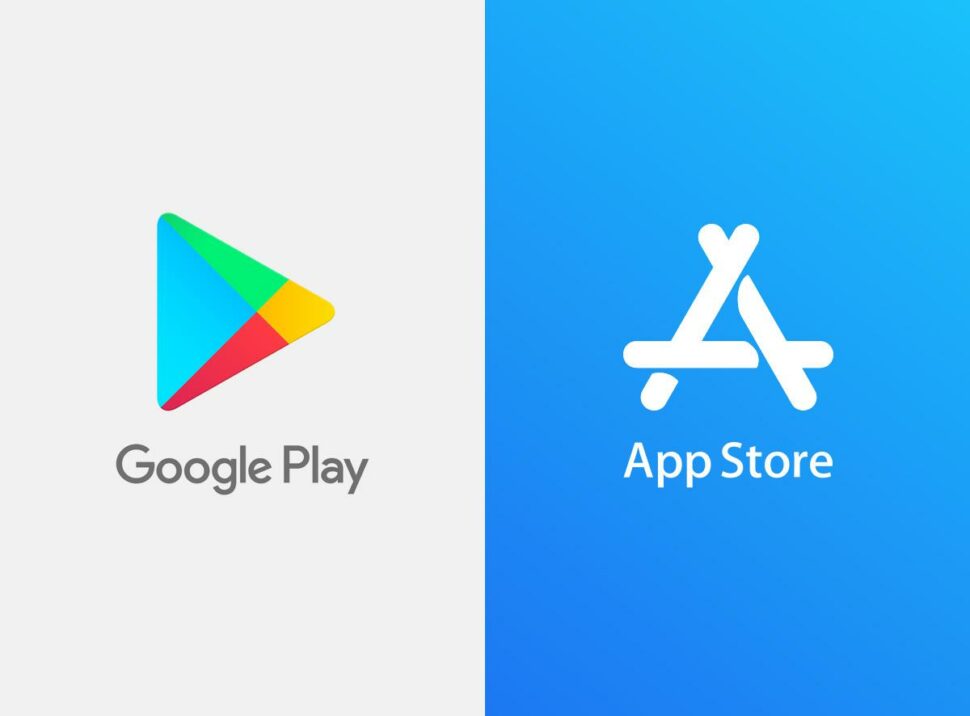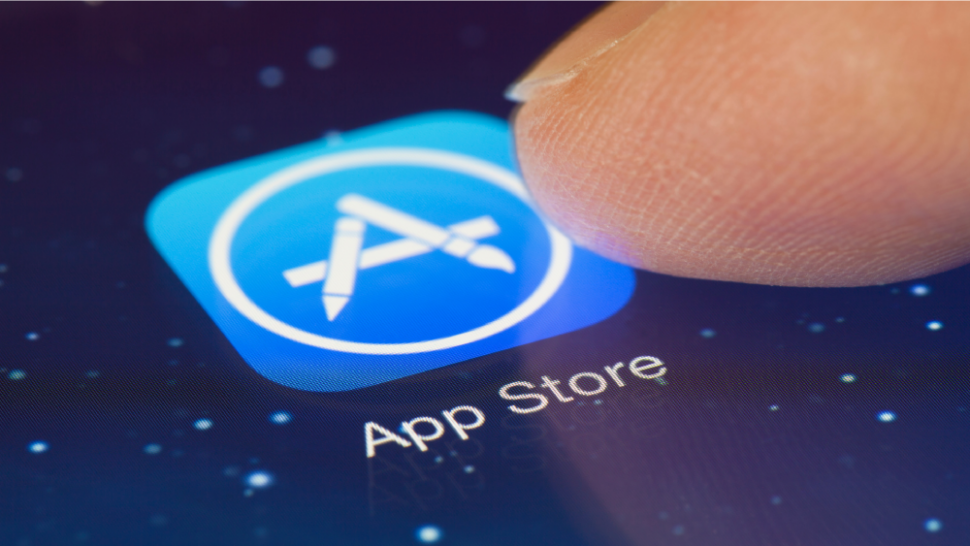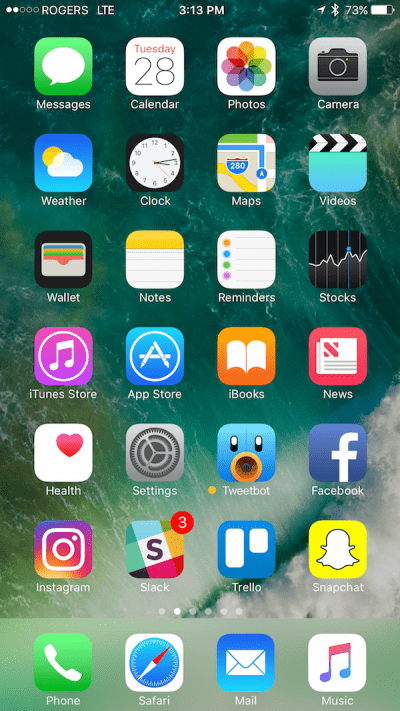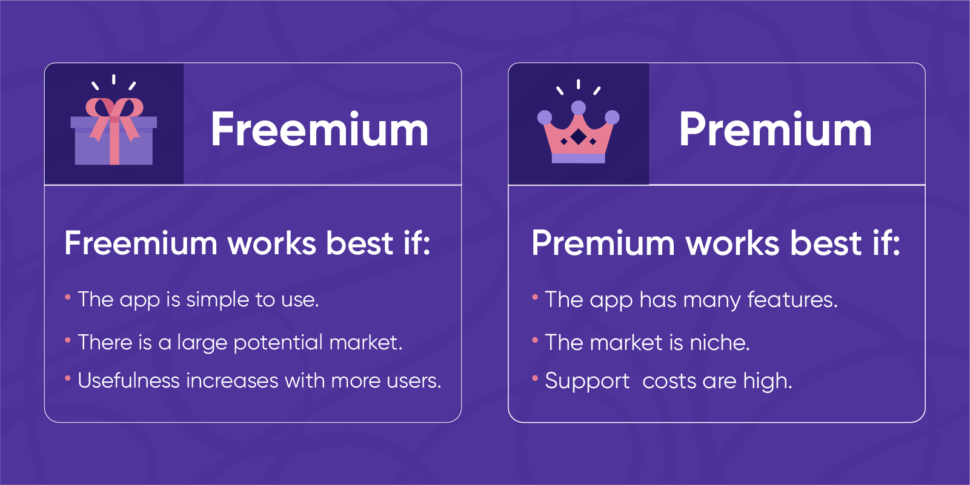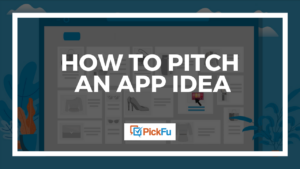Just like search engine optimization (SEO) drives more traffic to your web pages, app store optimization (ASO) drives more app downloads, installs, or “gets.” While we already talked about how unique content for SEO can attract more visitors, the functionality and algorithms of app stores work differently than online search engines like Google. In other words, the same SEO marketing strategies don’t always translate to good app store optimization strategies.
So what ASO strategies work best with app store SEO? Below, we explain how to improve your app store listing for maximizing your install conversion rate and boosting your search ranking. We discuss the app store ranking factors and nine techniques for your app title, icon, app description, and more to help your app’s visibility.
Before we get into the app store optimization strategies, first let’s talk about how the Apple App Store and Google Play Store both work, and their key differences.
The differences between the Apple App Store and Google Play
Developers can add their new apps to the Apple App Store, Google Play Store, or both. However, each has different criteria for app store search results:
- App title
- Long description and short description
- Pricing
- Preview videos and app screenshots
- Apple search ads vs. Google ads
- Ranking algorithm metrics
- Product page setup
- Indexing
If you want to learn specific details about how each element differs, read our guide on the differences between the iOS App Store for Apple and Google Play for Android apps.
Below, we’ll cover nine tips for app store optimization to help more people find and download your app. Let’s dive in.
8 App Store SEO tips
1. Name and subtitle
Naming your mobile app correctly has a significant effect on app store search results. For one thing, a flashy app title can attract the attention of shoppers just there to explore. But if you also include relevant keywords that people are searching for in the app store, you will show up natively in more app store searches.
Additionally, having a great subtitle or tagline helps boost your app’s visibility. The title may catch a potential buyer’s eye, but the subtitle will give them more context clues as to what the app is about.
A great way to test your mobile app name is to run a poll on PickFu. Developers can target their ideal audience by iOS or Android users, their interest in mobile games, the amount they spend in the Google or Apple app store, demographics like age and gender, and much more.
Test a few name ideas before you launch your app, and see which one resonates best with your target audience. You’ll get detailed feedback straight from the people you hope will love what you’re developing. Here’s a recent example of a PickFu poll that tested reactions to two potential names for a game.
2. Relevant keywords
As with website SEO, including relevant keywords in your app product page is ideal for ASO. Keywords are important because these are the suggestions and terms people use when looking for an app solution. For example, if you’ve created a cat game, then mobile gamers may type in “cat game” as their search.
How should you figure out which keywords are relevant to your mobile app? You can use keyword tools, take a look at the keywords your competitors use, and also test keywords in the app store search bar.
When conducting keyword research, consider both search volume and keyword ranking. Always consider your competition with ASO strategies, so the best keywords have a high search volume but aren’t used often.
App stores generally allows you to enter relevant keywords in the metadata section, separated by commas in the keyword field.
3. Description
Similarly to your title, you want your app to have a stellar description. Once someone clicks on your store page, your description should entice them to download it. Note that that Google Play store breaks these up as “long description” for a detailed explanation and “short description” for a brief summary or elevator pitch. (The Apple App Store does not have this distinction.)
If you’re selling in multiple marketplaces, localization is helpful for app descriptions. You should tailor your message and language for each geographic area, include getting translations for international app stores.
4. App icon
Appealing to the store algorithm isn’t the only way to get more app downloads. You can also appeal to the shopper themselves with an eye-catching app icon. Your icon is the first thing people see from you when they explore the store. If it looks appealing, they may take a closer look.
When creating an icon, keep your design simple, but exciting enough to stand out. Match the color scheme of your icon to the app itself, and don’t forget to check the app store icon size requirements.
A/B testing your icon designs is another fabulous use of PickFu. Our app store icon test template makes it easy to pit two (or more) icon design candidates against each other and see within minutes which one your audience prefers. Check out this example of an icon test for an app aimed at college students.
5. Screenshots and videos
App screenshots show potential customers how the app looks so they can gauge how easy it may be to navigate. Choose your screenshots wisely – show off parts of the app that will be the most useful and most engaging to the user.
Preview videos take screenshots up a notch further, giving your potential users a virtual tour of the app. Not only can they see how the app works, but also they get a sense of how it will feel if they use it themselves.
When composing your app preview, ask yourself what you think shoppers would want to see. For example, if you’ve created an app for runners, then they may want to see how the map looks or how the mile tracker appears.
Refer to this example of a PickFu poll with app store screenshots for a meditation app.
6. Pricing
Developers can price their mobile app in several models: totally free, free with advertisements, free with in-app purchases (freemium), or paid.
First, take a look at what your competitors are charging. Look for market openings, such as undercutting a popular app’s cost, or offering a high-quality premium app in a field of simplistic apps. Consider how to give customers more value for less.
Different sections of the Google and Apple app stores showcase free apps and paid apps. If you charge for your app, then anyone who searches for free apps isn’t going to see yours. However, apps that are free with in-app purchases are still listed as free.
7. Downloads
App store rankings factor app performance heavily when evaluating apps. That makes the number of downloads, conversion rate, and retention rate all good for your app’s visibility as well as your own personal business.
The rate of your downloads is another crucial app store ranking factor. How quickly did people download it when it first released? Has the rate of downloads increased over time? This is where the importance of mobile app marketing prior and after launch becomes paramount.
This aspect of app store optimization is best handled with top-notch app marketing strategies. Try advertising like Apple search ads or on social media to boost app visibility and awareness both in and out of the app store.
PickFu can help you judge the effect of your marketing copy, videos, and ads before you spend a dime on media. Try it here.
8. Ratings and reviews

Similarly to the number of downloads your app has, high app ratings and user reviews will also boost ASO and get you more app downloads. Developers can solicit positive reviews and ratings from users of their app by offering incentives in-app or simply asking politely in an app pop-up or in the app description.
Higher-ranking apps tend to be trusted and recommended more often through the app store. Be sure to engage with your reviewers, both good and bad. Thank users for reviewing and using your app, or address any problems users bring up in a timely manner.
9. Conduct AB Testing as you prepare your launch
A/B testing is when you present people with two versions of the same thing and ask which one they prefer. You can do live A/B testing within the app store, where different users will see different versions of your app listing, which can be a great way to gather data on different elements to see which performs best.
But the downside with live A/B tests is that they can take days or weeks to gather enough data – and meanwhile, half of your audience is automatically seeing a worse version of your app.
PickFu takes A/B testing to the next level by streamlining the process and delivering an efficient user experience that makes it easy, even for beginners. With PickFu, you can run A/B tests before you launch to put your best foot forward right away – and results typically come back within a few hours.
PickFu has a built-in audience with filters that let you accurately pinpoint your particular target audience. Choose participants based on shopping behaviors, interests & hobbies, income, education, and all the standard demographics like age, gender, and location.
App developers use PickFu polls to improve your app performance as it’s being developed so that launching in the App Store isn’t so scary. You can use it to determine what your audience truly prefers, rather than guessing. Participants also comment on their choices, so you can learn the intricacies of your target audience straight from them, and in their own words.
Sign up for free and run your first PickFu test today!
Learn more: Optimize your app icons, screenshots, and in-app UX and creatives, by polling targeted audiences like mobile gamers and iPhone users.
App Store Optimization FAQs
What is the difference between SEO and optimization of the app store?
Search Engine Optimization (SEO) and App Store Optimization (ASO) have a lot in common because both aim to influence search algorithms and user preferences in search results. SEO is focused mainly on online search engines like Google and DuckDuckGo, whereas ASO is specialized to app store search algorithms and the user’s mindset when shopping for apps.
Why Is ASO Important?
App store optimization is crucial to get your app seen by potential customers. Your app is competing against thousands of other apps, so use the best marketing strategies to both increase your app’s appearance in search results and make it more appealing to shoppers when they see it.
How Does App Store Optimization Work?
App store optimization utilizes some of the same strategies as SEO, such using relevant keywords and metadata. However, ASO also takes advantages of techniques exclusive to app stores, such as app icon design, pricing, and app descriptions.

